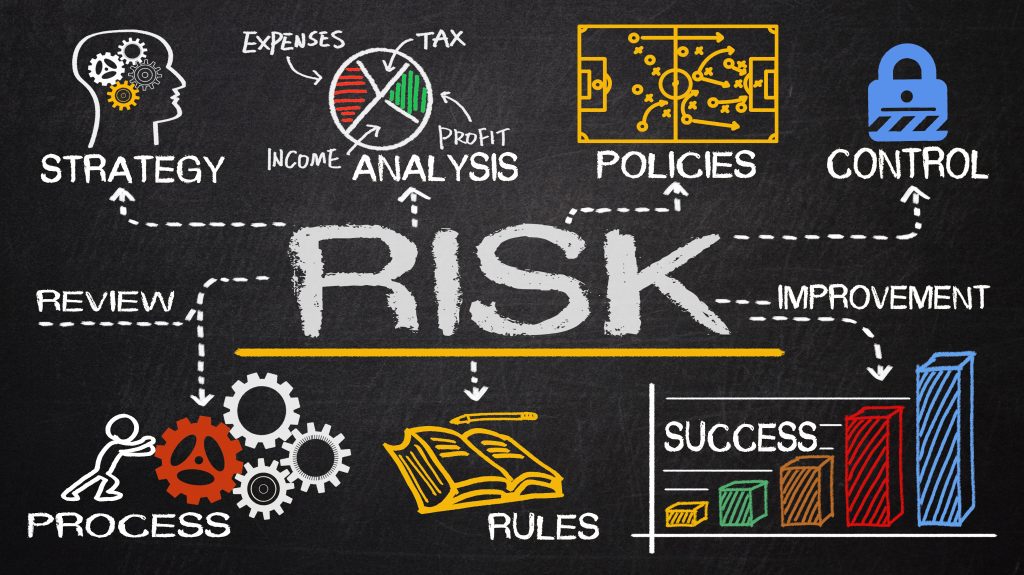Key takeaways:
Project planning is the process of constructing a comprehensive and detailed plan that outlines the necessary steps, resources, and timeline to achieve a project’s objectives. It involves identifying the project’s scope, setting goals, and establishing a budget.
Project planning is essential for effective project management, providing a roadmap for the entire project lifecycle. It is an iterative process that requires regular review and updates to ensure the project stays on track and successfully meets its objectives. Various tools, such as Gantt charts and PERT charts, are often used to aid project planning.
What are the benefits of project planning?
Clear Communication and Information: Project planning facilitates effective communication by providing a central source of information for all project personnel. It ensures that everyone involved understands the project’s scope, objectives, goals, and schedule. This clarity helps in aligning efforts and avoiding confusion.
Stakeholder Understanding: A well-developed project plan helps project sponsors and key stakeholders understand the requirements and expectations of the project. It establishes a shared understanding of what needs to be accomplished and provides a reference point for decision-making.
Project Management and Control: Planning enables project managers to manage and control the project as it progresses. By having a comprehensive plan, they can monitor progress, track costs, allocate resources, and make informed decisions to keep the project on track.
Risk Management: Project planning includes identifying and assessing project risks. This allows project managers to develop risk mitigation strategies and establish contingency plans. By proactively addressing potential issues, project planning helps minimize disruptions and increases the likelihood of project success.
Feedback and Learning: Project planning generates valuable feedback that can be used to improve future planning phases. Best practices learned from one project can be applied to subsequent projects, enhancing overall project management capabilities and efficiency.
Also read: 3 Key Project Management Strategies for Big Companies
What are the 5 phases of a project?
Initiation: The beginning phase of the project where goals and objectives are defined and feasibility is assessed.
Planning: The phase where a detailed project plan is created, including defining tasks, allocating resources, estimating costs, and establishing a schedule.
Execution: The actual enactment of the project plan, where the team works on creating the project deliverables.
Monitoring and Controlling: This is the phase where project progress is monitored, and any deviations or issues are identified and addressed to keep the project on track.
Closure: The final phase where the project is completed, contracts are closed, and the final deliverables are handed over. Lessons learned are captured for future projects.
Also read: Defining a Project Management System
What are the types of project planning?
Here are the three structure types of project planning:
Vertical Planning (Waterfall Planning): In vertical planning, the project manager plans the different phases of the project sequentially, from start to finish. This approach suits projects with well-defined requirements and a stable environment, such as manufacturing, construction, and engineering.
Horizontal Planning (Agile Planning): Different project parts are planned simultaneously in horizontal planning. This approach allows for flexibility and iterative development, where adjustments and refinements can be made throughout the project. Industries like software development, IT, and digital marketing will likely benefit from this type of project planning.
Joint Planning (Integrated Planning): Joint planning combines vertical and horizontal planning. This integrated planning approach allows for a balance between structured phases and flexibility in execution. It is recommended for advertising, event management, and product development businesses.
Project managers can decide which type is the most suitable approach based on the project’s requirements, complexity, and the team’s capabilities.
How to create a project plan?
To create an effective project plan, you can follow these steps:
1. Define stakeholders: Identify all individuals or organizations interested in the project and determine their roles and responsibilities.
2. Introduce stakeholders: Conduct a meeting to align stakeholders’ understanding of the project, covering several factors such as scope, goals, budget, schedule, and roles.
3. Set goals: Based on the meeting outcomes, refine the project plan to establish clear goals, deliverables, and results.
4. Prioritize tasks: List all tasks required to achieve the goals and prioritize them based on their importance and dependencies. Consider using tools like Gantt charts to visualize task dependencies.
5. Create a schedule: Develop a timeline considering the resources needed for each task, ensuring realistic deadlines and efficient resource allocation.
6. Assess risks: Identify potential risks and develop mitigation strategies. This includes understanding and managing project uncertainties and preparing contingency plans.
7. Communicate: Share the project plan with all stakeholders and establish regular communication channels to inform them about its progress. Adjust communication methods to meet stakeholder expectations.
8. Reassess: As milestones are achieved, review the project plan and make necessary revisions to align with changing circumstances or emerging challenges.
9. Final evaluation: Once the project is completed, evaluate its overall performance, assess achievements, and identify areas for improvement. Document lessons learned for future projects.
Following these project planning steps will help you create an effective project plan that provides a clear roadmap, facilitates communication, manages risks, and enhances the chances of project success.
You can learn more by looking at these project plan examples.
Also read: Top Benefits of Project Management Dashboards (2023)
What are some project planning tools you can try?
Wrike
Wrike offers a range of features to enhance team collaboration and productivity. The platform provides various tools such as calendars, dashboards, Gantt charts, and Kanban boards to streamline project management. Wrike’s collaboration features to enable seamless communication, document proofing, and dynamic request forms. The software also facilitates client and resource management, allowing teams to keep clients informed and allocate staff and resources efficiently.
monday.com
monday.com is a notable project planning software for several reasons. Its visual interface and drag-and-drop functionality make it user-friendly and intuitive, allowing teams to navigate and customize their workspace easily. The platform’s automations streamline workflows, saving time and improving efficiency. The seamless integration with popular apps and tools enables teams to centralize their work and collaborate effectively. Additionally, monday.com provides data visualization and analytics features, allowing teams to track progress, make data-driven decisions, and gain valuable insights into their projects.
Trello
Trello has visual collaboration features and flexible organizational capabilities. The software’s boards, lists, and cards provide a clear overview of projects and enable users to prioritize tasks and track progress. With customizable workflows, teams can tailor Trello to their work processes. The built-in automation feature reduces tedious tasks and streamlines project management. The software also provides multiple views, including a dashboard, timeline, and table, allowing teams to visualize projects from different perspectives.
Why should you practice effective project planning?
Planning a job well is important for many reasons. It gives the project a clear direction and goal, ensuring everyone is on the same page and understands its goals and objectives. Effective planning helps avoid project management mistakes. Project planning makes allocating resources and managing a budget more manageable by making accurate estimates of time, resources, and costs. It also helps identify and deal with possible risks, minimize problems, and ensure the project succeeds.
With a well-structured plan, project managers can make choices based on facts, track progress, and manage the project. Overall, sound project planning makes it more likely that the project will be successful by laying the groundwork for efficient resource management, risk reduction, decision-making, and collaboration among stakeholders.
Looking for the latest in Project Management solutions? Check out our Project Management Software Guide.
Also read: How to Use Smartsheet for Project Management 2023
FAQs
-
- Which project management software is right for your business?
- Find out now





